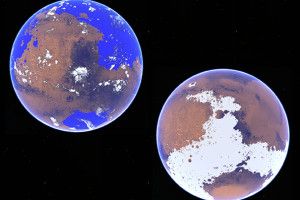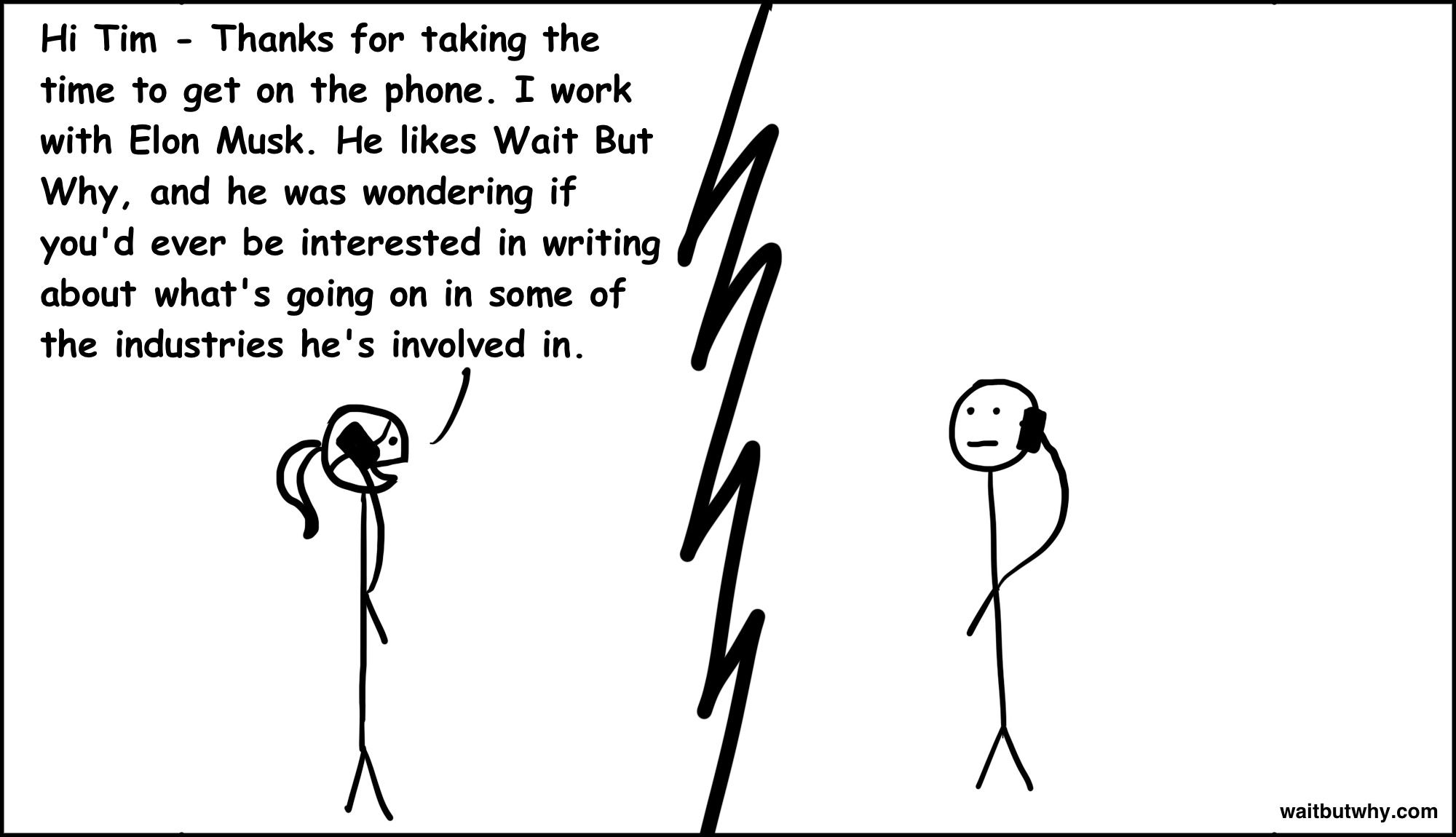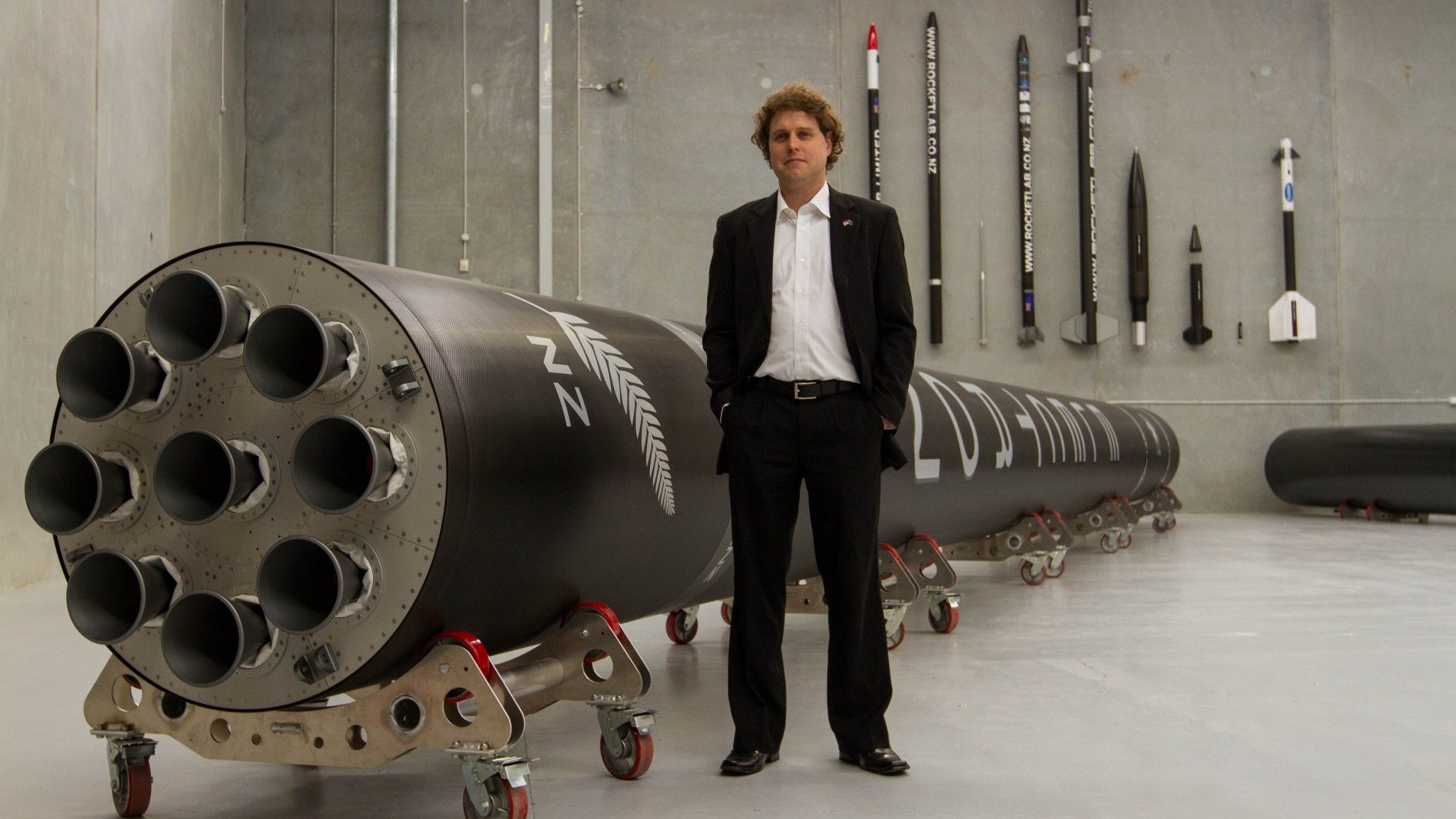Jun 23, 2015
Is Photon Based Propulsion, the Future?
Posted by Benjamin T. Solomon in categories: anti-gravity, defense, general relativity, gravity, innovation, particle physics, physics, quantum physics, science, space travel
I first met Dr. Young Bae, NIAC Fellow, at the Defense Advanced Research Projects Agency (DARPA) sponsored 2011, 100 Year Starship Study (100YSS) at Orlando, Fla. Many of us who were there had responded to the NASA/DARPA Tactical Technology Office’s RFP to set up an organization “… to develop a viable and sustainable non-governmental organization for persistent, long-term, private-sector investment into the myriad of disciplines needed to make long-distance space travel viable …”
Yes, both DARPA and NASA are at some level interested in interstellar propulsion. Mine was one of approximately 35 (rumored number) teams from around the world vying for this DARPA grant, and Dr. Bae was with a competing team. I presented the paper “Non-Gaussian Photon Probability Distributions”, and Dr. Bae presented “A Sustainable Developmental Pathway of Photon Propulsion towards Interstellar Flight”. These were early days, the ground zero of interstellar propulsion, if you would.
Dr. Bae has been researching Photon Laser Thrust (PLT) for many years. A video of his latest experiment is available at the NASA website or on YouTube. This PLT uses light photons to move an object by colliding with (i.e. transferring momentum to) the object. The expectation is that this technology will eventually be used to propel space crafts. His most recent experiments demonstrate the horizontal movement of a 1-pound weight. This is impressive. I expect to see much more progress in the coming years.
At one level, Dr. Bae’s experiments are confirmation that Bill Nye’s Light Sail (which very unfortunately lost communications with Earth) will work.
Continue reading “Is Photon Based Propulsion, the Future?” »














